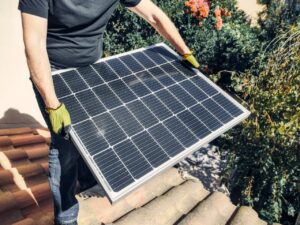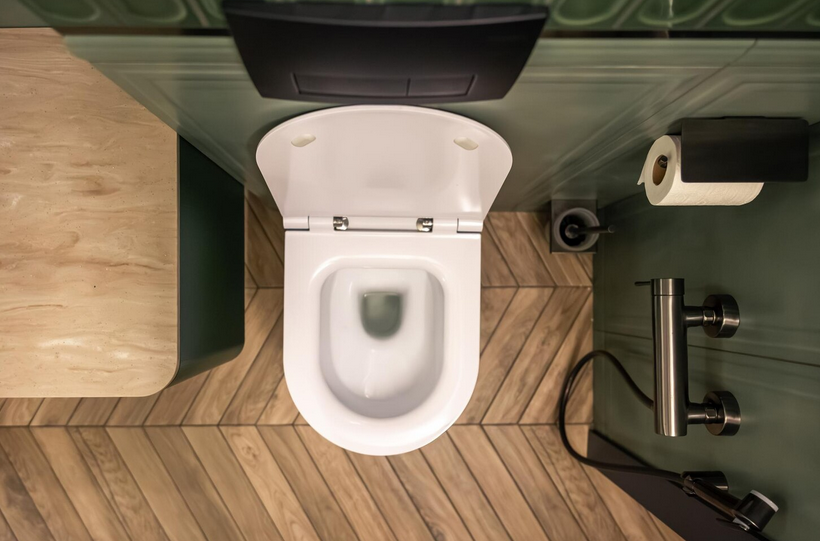Sustainable Living: Eco-Friendly Prefabricated House Designs
Eco-friendly prefabricated houses combine sustainability with modern construction efficiency. According to immobilien.de, prefabrication involves building sections of a home in a factory-controlled environment. These components are then transported and assembled on-site. This approach reduces waste, energy use, and construction time. Homeowners gain a house that is both environmentally responsible and cost-effective, without sacrificing quality or aesthetics.
Energy Efficiency in Design
 Energy efficiency is at the heart of sustainable prefabricated houses. Designs often include high-performance insulation, energy-efficient windows, and airtight construction. Solar panels and heat recovery systems can be integrated seamlessly during the prefabrication process. These features reduce energy consumption, lower utility bills, and ensure a comfortable living environment year-round. Energy-conscious homeowners benefit from homes that are optimized from the outset.
Energy efficiency is at the heart of sustainable prefabricated houses. Designs often include high-performance insulation, energy-efficient windows, and airtight construction. Solar panels and heat recovery systems can be integrated seamlessly during the prefabrication process. These features reduce energy consumption, lower utility bills, and ensure a comfortable living environment year-round. Energy-conscious homeowners benefit from homes that are optimized from the outset.
Sustainable Materials
Eco-friendly prefab homes rely on responsibly sourced materials. Timber from certified forests, recycled steel, and low-emission concrete are common choices. Using natural, renewable, and recycled resources reduces the environmental impact of construction. Materials are also selected for durability, reducing the need for frequent replacement. This ensures that the home remains environmentally responsible throughout its life cycle.
Water Conservation

Eco-friendly prefabricated homes often include water-saving features. Low-flow faucets, dual-flush toilets, and rainwater harvesting systems help conserve water. Greywater recycling can be integrated to reduce consumption even further. Efficient plumbing design during the prefabrication process ensures that water-saving measures are built in, rather than retrofitted later. This approach aligns with sustainable living principles while reducing utility costs.
Modular Construction for Reduced Waste
Modular prefabrication minimizes waste compared to traditional building methods. Factory production allows precise cutting and assembly of panels or modules. Offcuts and unused materials can be recycled within the factory. On-site assembly is quicker and cleaner, further reducing the carbon footprint. This unique combination of precision and planning ensures sustainability at every step of the construction process.
Indoor Environmental Quality
 Sustainable homes also focus on the indoor environment. Proper ventilation systems, non-toxic finishes, and natural daylighting create healthier living spaces. Materials with low volatile organic compounds (VOCs) prevent indoor air pollution. Homeowners benefit from improved comfort, reduced allergy risks, and a positive impact on overall well-being. Prefabrication allows these features to be incorporated efficiently, ensuring a healthy interior from day one.
Sustainable homes also focus on the indoor environment. Proper ventilation systems, non-toxic finishes, and natural daylighting create healthier living spaces. Materials with low volatile organic compounds (VOCs) prevent indoor air pollution. Homeowners benefit from improved comfort, reduced allergy risks, and a positive impact on overall well-being. Prefabrication allows these features to be incorporated efficiently, ensuring a healthy interior from day one.
The Future of Sustainable Prefabricated Housing
Sustainable prefabricated housing continues to evolve with technology and design innovation. Smart home systems, renewable energy integration, and advanced insulation techniques are becoming standard. Architects and manufacturers are exploring new materials, such as bamboo composites and recycled plastics. As urbanization and environmental awareness increase, eco-friendly prefab homes offer a practical, efficient, and responsible housing solution. They represent the future of sustainable living, combining speed, quality, and environmental stewardship.
While some eco-friendly features may increase upfront costs, prefabricated homes provide long-term savings. Energy efficiency, reduced maintenance, and sustainable materials contribute to lower operating costs over time. Prefabrication also reduces labor and construction time, which can offset initial investments. Homeowners gain value through both financial savings and a reduced environmental footprint. The utmost attention to design and materials ensures a balance between cost and sustainability.…
Read More →